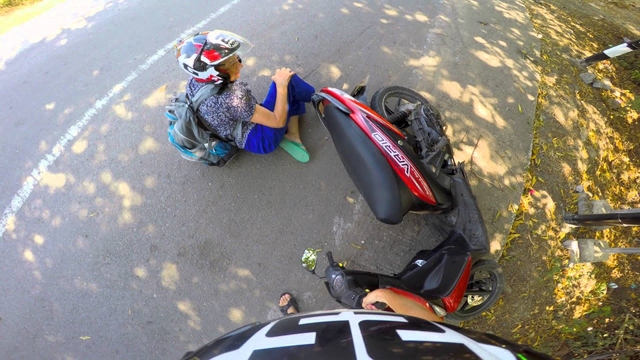
Many novice drivers in Bali face the "asphalt disease" in the first days and weeks of driving. This is due to the novelty of riding a bike, the peculiarities of local "intuitive" driving, and left-hand traffic.
What to do if you get into an accident? How to treat yourself?
Let's consider it step by step. And most importantly, stay calm!
How to provide first aid for injuries from a bike accident:
What needs to be done immediately after you have been in an accident and have a wound. These first steps in wound cleansing will protect it from infection and contribute to faster healing.
- First, the wound needs to be thoroughly cleaned. If there is dirt or foreign bodies in it, remove them. Start by rinsing the dirt around the wound with clean drinking water, stepping back from the edge of the wound by 3-5 centimeters to prevent dirty water from getting inside. If there is no drinking water, you can use tap water, but the main thing is not seawater or river water. The correct initial cleaning of an open wound determines the speed of its healing.
- If there is no dirt in the wound or you have already removed it, pour an antiseptic into the wound - hydrogen peroxide (Hidrogen peroksida, Perhidrol), Betadine (Betadin), or Rivanol (Rivanol), trying to thoroughly flush the wound.


Chlorhexidine (Minosil, Minosep); Miramistin is not sold in Indonesia, but you can use its analog - chlorhexidine, which is stronger than Miramistin, so it needs to be diluted.

Betadin
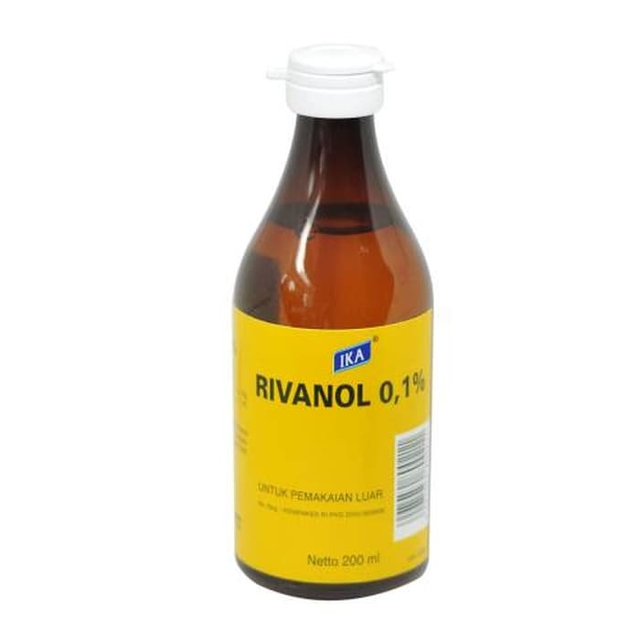
Treat the area around the skin with an alcohol solution, and after that, apply a non-alcoholic antiseptic inside (hydrogen peroxide, Miramistin, Chlorhexidine, Betadine, or Rivanol).
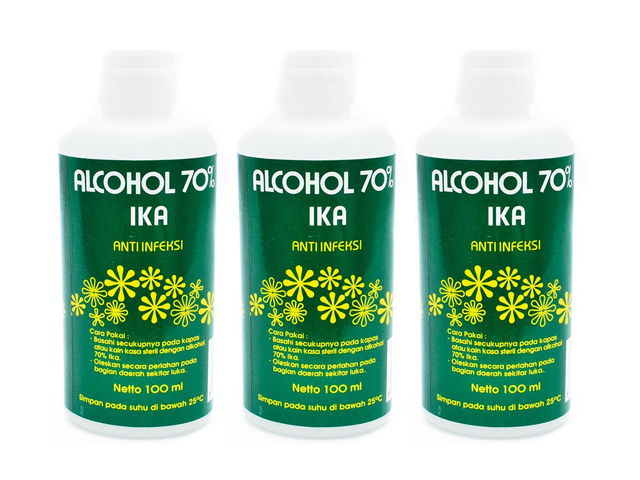
Apply antibiotic powder to the wound. This will reduce the likelihood of complications and extend the time before seeking medical attention. If you have Baneocin (Nebacetin, Enbatic Powder), simply sprinkle its powder onto the wound.
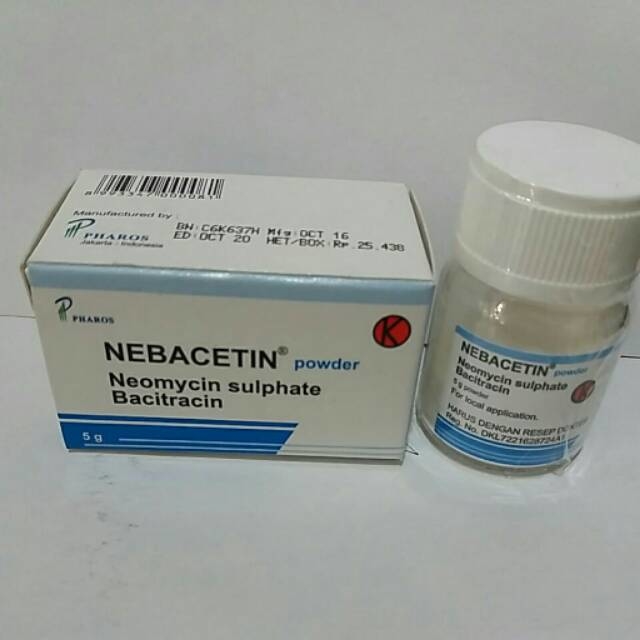
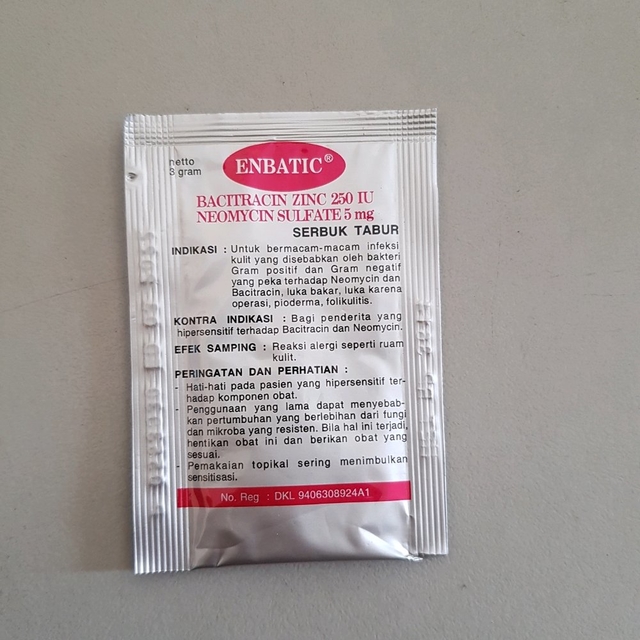
If you have antiseptic ointments with you, apply them. You can use Levomekol, Gentamicin (Garamycin, Kalmicetine), Neomycin (Cinolon-n), Syntomycin (Kalmicetine, Ikamicetin).

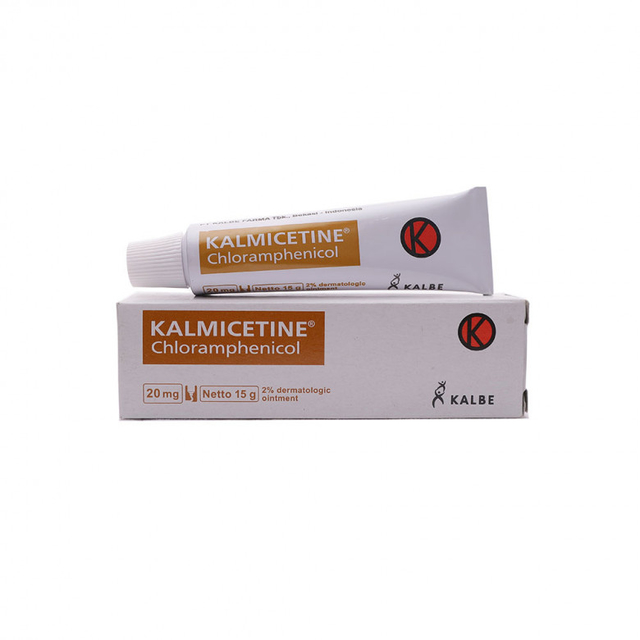
- Place a sterile cotton-gauze bandage on top, avoiding the use of cotton in the wound as it may leave fibers that make it harder to remove if it dries and adheres.
- If there is suspicion of a limb fracture, apply a splint using any available means. This can prevent possible displacement of bone fragments and provide stability. Ensure that the splint immobilizes two adjacent joints and is positioned away from the wound area.
- In case of severe pulsating bleeding, apply a tourniquet using any available material such as fabric, rope, or a scarf. Record the exact time the tourniquet is applied because in a hot climate, the tourniquet should not be kept on the wound for more than 1 hour. Afterward, it should be loosened and re-tightened after some time.
- If bleeding is mild and major blood vessels are not damaged, apply a tight bandage using a bandage.
At this point, basic first aid is complete. The next step is to decide whether to go to a doctor or treat yourself.
What should you keep in your first aid kit?
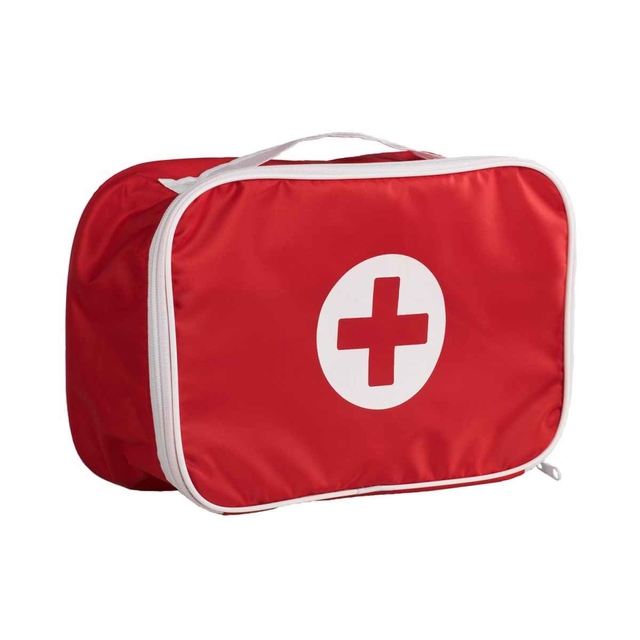
Remember that if you ride a bike, it would be good to have a small first aid kit in your luggage, which can help you in critical situations. Assemble the following items in your first aid kit:
- Bandage
- Non-alcoholic antiseptic - something from the list: hydrogen peroxide (Hidrogen peroksida/Perhidrol), Miramistin, Chlorhexidine (Minosil, Minosep), Betadine (Betadin), or Rivanol (Rivanol)
- Alcoholic antiseptic
- Antibiotic powder - Baneocin (Nebacetin, Enbatic Powder), or antibiotic tablets Chloramphenicol (Chloramphenicol, Kalmicetine, Fenicol, Likoklor, Thiamycin)
- Antiseptic ointment - Levomekol, Gentamicin (Garamycin), Neomycin (Cinolon-n), Synthomycin (Kalmicetine, Ikamicetin)
- Pain reliever tablets
Carry at least a small bottle of drinking water with you at all times.
Always carry a first aid kit with you. After all, even if you are a good driver and nothing happens to you, you can always provide first aid if you see someone else in need.
What to do after initial first aid?
Next, you need to see a doctor if the wound is deep. You can self-treat if the wound is superficial and without complications.
Superficial wounds
Superficial wounds only affect the skin, have a small size and depth. Wounds with smooth edges and minimal bleeding. They can be self-treated if there are no complications.
Complications include increased pain, swelling, redness, elevated temperature, pulsation in the wound area, and enlargement of lymph nodes. If any complications arise, seek medical attention. The doctor will likely prescribe antibiotics, anti-inflammatory tablets, and more serious treatment in case of complications.
Deep wounds should always be treated under the supervision of a doctor.
Deep wounds are injuries involving muscles, major blood vessels, large foreign bodies, extensive bleeding, or associated with fractures.
If you have insurance, call your insurance company and ask to be directed to a hospital covered by your policy.
If you don't have insurance, go to the hospital depending on how urgently you need help and the proximity of available hospitals. Here is a list of hospitals by district.
What to pay attention to when seeking medical attention for a deep wound:
- In case of a contaminated wound, tetanus prophylaxis should be administered if you had contact with rust, nails, barbed wire, or soil during the injury.
- If there is a fracture, an X-ray should be taken after bone alignment to ensure proper alignment.
- Antibiotics and/or anti-inflammatory drugs should be prescribed to you.
The doctor will provide you with recommendations for treating your wound based on its characteristics, your overall health, and the medications available in Bali. Follow these recommendations as closely as possible.
How to treat an infected superficial wound:
After the initial wound treatment described earlier, continue dressing the wound until it is cleansed and starts to heal. Gradually reduce the frequency of dressing changes until they can be stopped altogether.
If there is pus and infection, your goal is to ensure that the wound is cleansed. Do not let a pus-filled wound dry out. Beneath the scab, there might be pus causing an infection that can spread to larger areas of the body. Do not attempt to heal an inflamed, infected wound initially. First, achieve wound cleansing and infection elimination.
Change dressings every 4-5 hours.
During dressing changes:
- Wash your hands thoroughly with soap (preferably an antiseptic soap like Dettol), dry them with a clean towel, and disinfect them with any disinfectant solution.
- Rinse the wound with a non-alcoholic antiseptic. Suitable options include hydrogen peroxide, Miramistin, diluted Chlorhexidine, or Rivanol.
- Remove pus and dead particles from the wound to make it clean. You can do this either during rinsing or with tweezers sterilized with alcohol.
- Apply Levomekol to the wound.
If you don't have Levomekol, it can be replaced with Indonesian analogs - ointments containing chloramphenicol (Kalmicetine, Ikamicetine, Chloramfenicort).
However, Levomekol is preferable because chloramphenicol in its composition kills microbes, while methyluracil promotes regeneration. If you don't have Levomekol or other medications with chloramphenicol, you can use Banosin (Nebacetin, Tracetin, Tigalin, Enbatic Powder) by applying it to the wound.
Typically, when treating purulent wounds, patients are prescribed a course of antibiotics. Consult with a doctor to recommend a suitable antibiotic and determine the duration of the course based on the severity of your wound.
How to treat a clean superficial wound?
If your wound has cleared, and there is no more pus, you can treat it in two ways - dry and moist. There is no definitive opinion on which method is better.
Official medical advice often leans toward drying the wound to form a scab. The scab will cover your wound, preventing infection, while a moist wound may need to be covered.
However, some advocate for moist wound healing, claiming that if you don't let the wound dry out and use wound-healing agents, it will heal faster and leave a smaller scar.
Let's consider both methods, and you can decide for yourself or under the guidance of a doctor you trust.
Dry treatment of a clean wound:
- When bandaging the wound, rinse it with a non-alcoholic antiseptic - hydrogen peroxide, Betadine, Rivanol, Miramistin, or diluted Chlorhexidine.
- Sprinkle it with a powdered antibiotic - Banosin (Nebacetin, Enbatic Powder) or crushed chloramphenicol (Chloramphenicol, Thiamycin, Kalmicetine, Fenicol, Likoklor) in powder form.
- Once the wound begins to dry, you can start reducing the frequency of bandaging.
- When going outside, apply a bandage made of gauze to the wound to reduce the risk of infection.
- If the bandage sticks to the wound and dries, moisten it first with a saline solution (Sodium Chloride/NaCL 0.9%, Cairan Infus Dan Pembersih Luka NACL 0.9%) for removal.
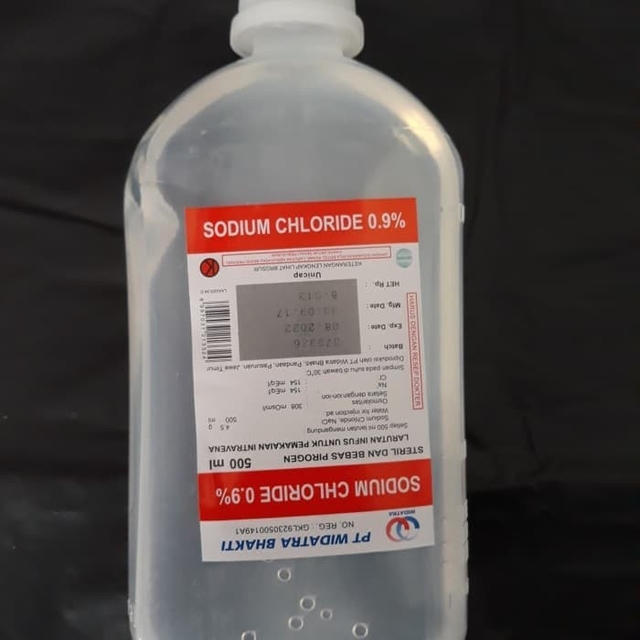
Why saline solution and not water? Because its salinity is similar to that of blood, and the cells in your tissue are not affected by contact with it, so unlike rinsing with water, it is not painful.
- Try not to wet the wound. Avoid swimming, and if you are taking a shower without a flexible hose, cover the wound with plastic wrap to prevent water from getting in.
- Whenever possible, use air conditioning at home to dry the air.
- Change the bandage twice a day, in the morning and evening. As the wound heals, you can reduce the frequency and eventually stop the bandaging.
Wet treatment of a clean wound:
- Just like with dry treatment, when bandaging the wound, rinse it with a non-alcoholic antiseptic - hydrogen peroxide, Betadine, Rivanol, Miramistin, or diluted Chlorhexidine.
- Apply regenerating agents to the wound, such as Bioplacenton or Bepanten.
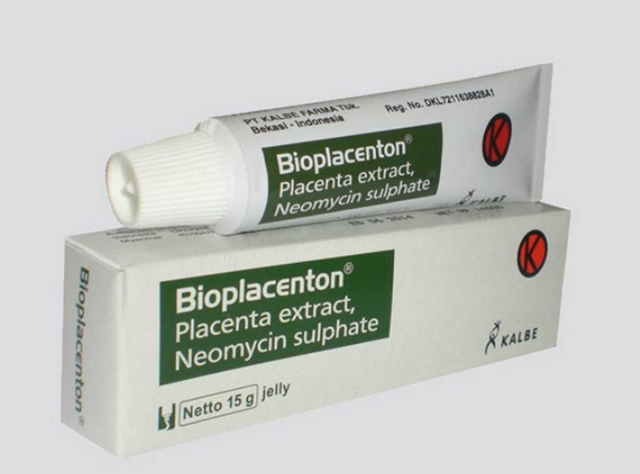
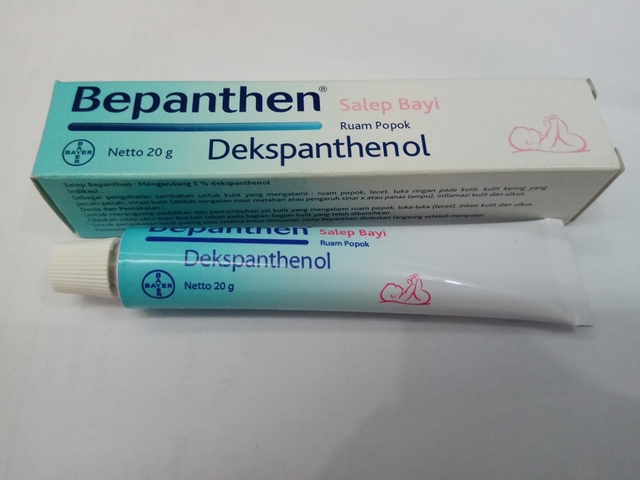
Under the layer of cream, granulation tissue will appear first, which will be replaced by connective tissue, and the wound will heal.
- Try to keep the wound in the cleanest conditions possible. If your home is clean, you may not need to cover the wound with a bandage. However, when leaving home, it is essential to apply a bandage. Always place a gauze pad soaked in ointment (not cotton) under the bandage.
- Try not to wet the wound. Avoid swimming, and if you are taking a shower without a flexible hose, cover the wound with plastic wrap to prevent water from getting in.
- Change the bandage twice a day, in the morning and evening. As the wound heals, you can reduce the frequency and eventually stop the bandaging.
Risk of complications:
If the condition of the superficial wound worsens and complications arise (increased pain, swelling, redness, elevated temperature, pulsation in the wound area, and enlarged lymph nodes), do not delay and consult a doctor immediately. They can choose an alternative treatment method suitable for your condition.
How to avoid stains at the wound site:
When leaving the house, it's better to protect a newly healed wound from the sun. If the new skin is exposed to sunlight, it may darken quickly, and a dark spot may remain for a long time (possibly several years).
Strengthen your immune system:
Remember that the speed of wound healing depends on the overall protective forces of your body. If your body is weakened, you have a low immune system, or the likelihood of diabetes – wound healing will be slow. Take immune-boosting supplements and adhere to a healthy diet.
Take care of yourself and stay healthy!
You can add one right now!